When selecting steel pipes for energy projects, oil & gas pipelines, or structural applications, one of the most common questions engineers and buyers face is: What is the difference between ERW steel pipes and LSAW steel pipes?Although both belong to the category of welded steel pipes, their raw materials, production processes, welding technology, cost, and application fields differ significantly. Understanding these differences is crucial for making informed procurement decisions and ensuring pipeline safety and efficiency.
Difference Between ERW and UOE Steel Pipes
1. Raw Materials and Production Capacity
The raw materials are the first major difference:1. Differences in Production Processes
ERW Steel Pipe Production Process
ERW steel pipe is produced using high-frequency resistance welding technology. The process includes: uncoiling → leveling → shearing and butt welding → loop stocking → plate probing → trimming → roll forming → high-frequency welding → internal and external burr removal → online ultrasonic testing → medium-frequency annealing → air cooling → water cooling → sizing → straightening → cutting → hydrostatic testing. ERW welding utilizes the skin effect and proximity effect of high-frequency current to heat and melt the edges of the tube blank. Pressure welding is then performed under the action of squeeze rolls. ERW steel pipe also undergoes "seamless" processing, including geometric seamlessness (removing internal and external burrs) and physical seamlessness (heat treatment to ensure the weld microstructure is consistent with the base material).
UOE Steel Pipe Production Process
UOE steel pipe is a type of straight seam submerged arc welded (LSAW) pipe and is formed using the UOE process. The main steps include pre-bending the steel plate, U-forming (pressing the steel plate into a U shape), O-forming (pressing it into an O shape again), and then double-sided submerged arc welding. Expanding is usually performed after welding.
The UOE process uses a dedicated press for forming, which has a high level of automation, but the equipment investment is significant.

2. Welding Technology
ERW Pipe
Uses resistance pressure and high-frequency induction heating to join the steel coil edges. No welding wire is required, making it cleaner and cost-efficient.
UOE LSAW Pipe
Relies on submerged arc welding (SAW), which requires welding wire and flux. This process creates a deep weld seam with strong mechanical properties, but it also increases manufacturing cost and complexity.
The difference in welding method directly impacts strength, toughness, and production economics.
3. Appearance and Surface Treatment
ERW Steel Pipe
The inner and outer weld seams are typically removed during finishing. This smoother surface profile improves anti-corrosion performance, which is critical for buried or coated pipelines.
UOE Steel Pipe
Often retains a slight weld reinforcement inside and outside the pipe. While mechanically strong, these residual weld beads can pose challenges for coating adhesion and long-term corrosion protection.
4. Procurement Cost and Availability
From a supply chain perspective, cost and sourcing difficulty are major considerations:
ERW Pipe
Widely produced in many countries, with large numbers of domestic and international suppliers. This makes procurement easy and competitive, keeping costs low. For diameters below 406 mm, ERW pipes are particularly economical.
UOE LSAW Pipe
More expensive, with prices generally 15–25% higher than ERW pipes of similar size. Domestic production capacity is limited, meaning fewer suppliers and longer lead times. Procurement can be challenging, especially for special specifications.
5.Differences in Application Areas
ERW Steel Pipe: Due to its economical and excellent performance, ERW steel pipe is widely used in urban gas pipelines, and long-distance land transportation pipelines for refined oil, crude oil, and slurry. Its cost-effectiveness and moderate performance parameters make it a preferred choice in these applications.
UOE Steel Pipe: With its excellent pressure-bearing capacity, wide range of sizes, and high reliability, UOE steel pipe is primarily used in high-pressure environments, such as long-distance submarine pipelines and harsh environments in cold and high-altitude regions. UOE steel pipe offers advantages in these applications, where pipeline strength and safety are paramount.
Summary: The main differences between ERW and UOE steel pipes lie in their production process, raw materials, product specifications, and application areas. ERW steel pipe utilizes high-frequency resistance welding, offering high production efficiency and low cost, making it suitable for medium- and low-pressure transmission. UOE steel pipe utilizes UOE forming and submerged arc welding, requiring significant equipment investment. However, it can produce large-diameter, thick-walled pipes suitable for high pressure and harsh environments. Choosing between these two types requires comprehensive consideration based on specific pressure requirements, environmental conditions, and economic efficiency.






 English
English Español
Español بالعربية
بالعربية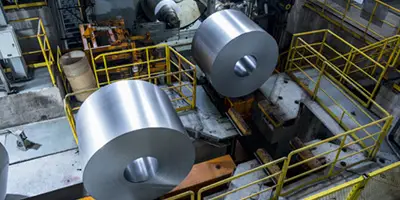
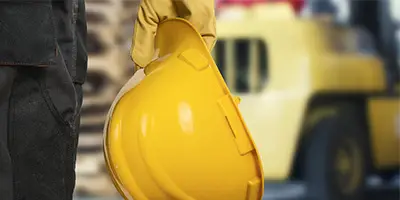
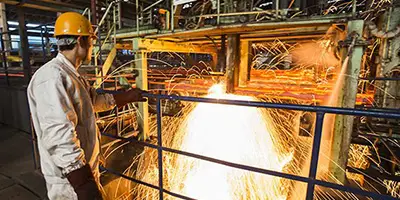
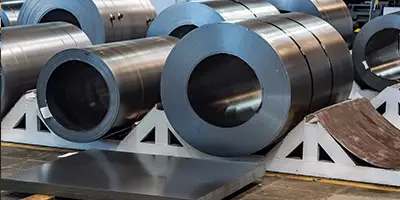

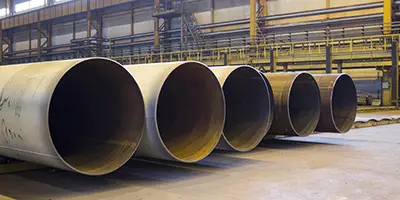
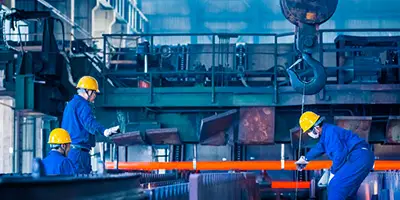
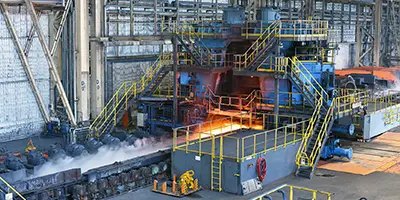
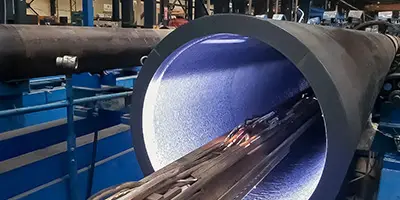
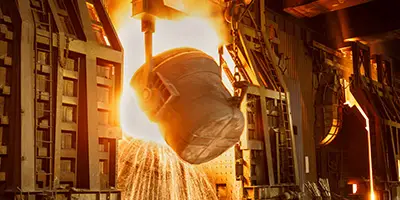
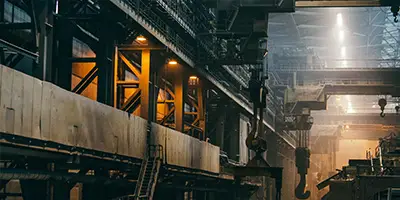

 Phone :
Phone :  Whatsapp :
Whatsapp :  Email :
Email : 


